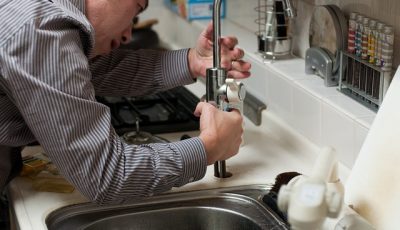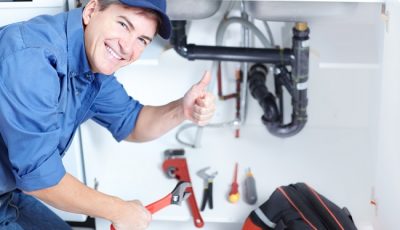DIY Plumbing Skills Every Homeowner Should Possess to Save Time and Money
Every homeowner should possess basic DIY plumbing skills to conduct minor work on their property. These skills will help you perform damage control before the arrival of a professional plumber and permanent fixtures. DIY plumbing skills enable you to save time and money, especially if they are minor, like fixing a kitchen sink where you don’t need the services of a professional plumber.
Before you start learning these hacks, you must understand that most of the plumbing work involves dealing with water, so be prepared to get wet more than half the time. This article is an excellent start for any homeowner willing to learn a few DIY plumbing works.
Check for Leaks in Your Toilet Bowl
Leaking water bowls is quite an expensive menace. Most of the time, you’ll find that you need to replace the water bowl, which is not cheap. And the more the water leakage, the higher the bill, so having minor plumbing skills will help mitigate the high water bills, as you can temporarily fix the leakage.
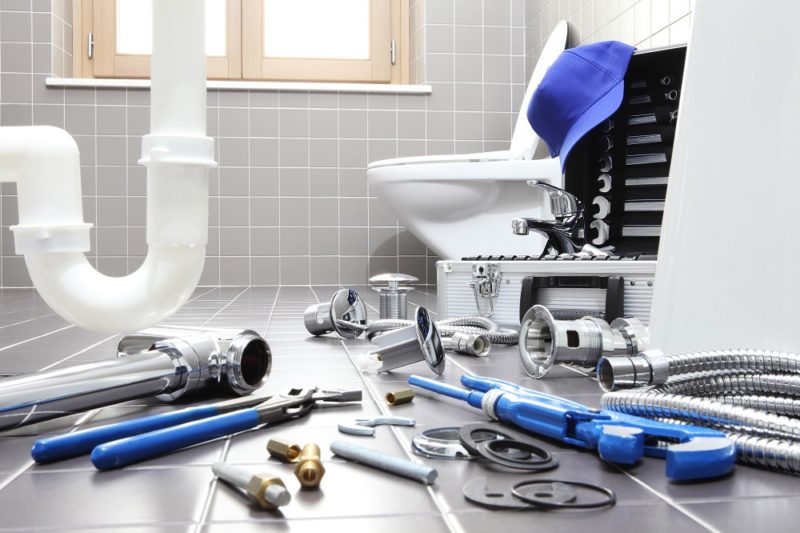
plumber tools and equipment in a bathroom, plumbing repair service, assemble and install concept
Identifying the point of water leakage is relatively easy. You need a little food coloring in the water tank at the back of the bowl. Don’t add the whole bottle; a few drops are enough to find the crack. Once you’ve added the drops of food color, you should wait at least thirty minutes for the food color to reach the bowl.
Clean your Showerhead to Better Shower Pressure
Who doesn’t like a high-pressure showerhead? Using a low-pressure shower head can be irritating, mainly when you are in a hurry, and despite that, you are still faced with hefty water bills.
You can easily replace the shower head if you are a hands-on person. However, You should first try cleaning your current shower to see if the holes are clogged by dirt and minerals, especially if you live in an area where you use hard water.
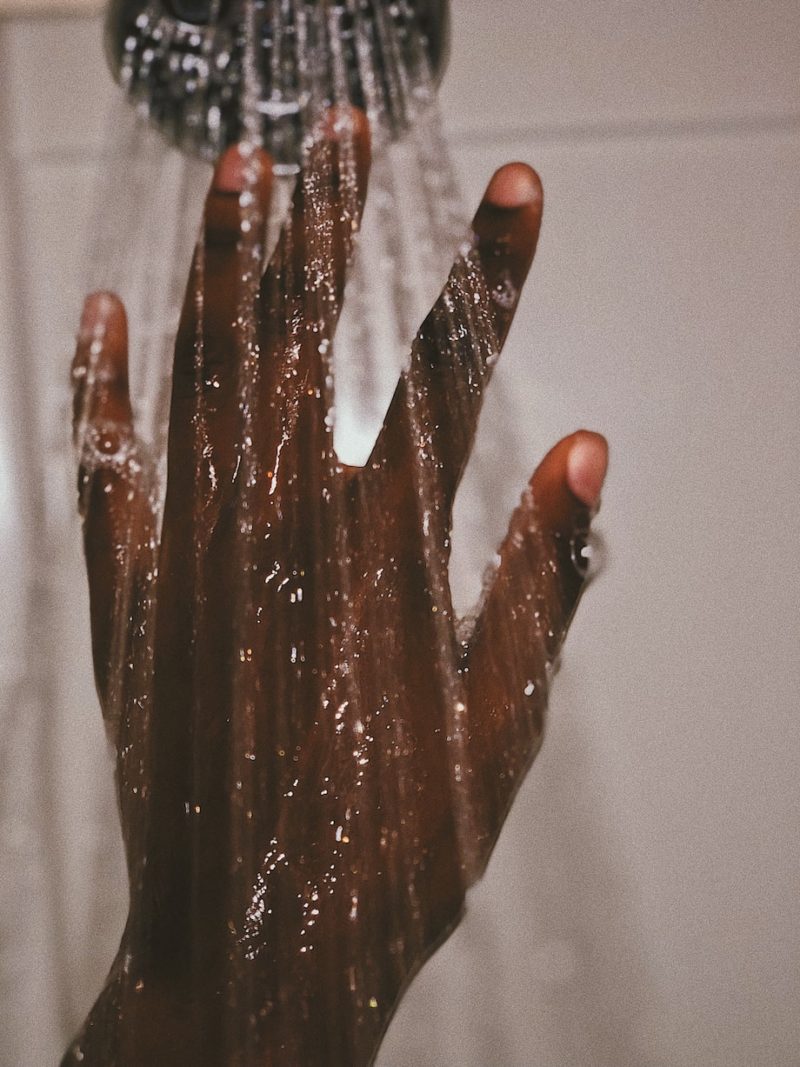
Step-by-step process of Unclogging a showerhead
- To effectively clean your shower head, you will need vinegar, a plastic bag, and an elastic band.
- Add the vinegar to the plastic bag. Before doing this, ensure the plastic bag is large enough to fit the shower head by trying it on from below.
- Ensure the vinegar is filled in the bag to a level that allows the shower head to submerge in the liquid fully.
- Use an elastic band to tie the filled plastic bag fixed around the head. Let the head last in the vinegar bag overnight to allow unclogging. You should note the difference once you take your next shower.
Masking Tape to Tighten Pipes
Are the thread pipes in your home getting a bit loose, such that you can see water leaking or notice wet patches on the wall, particularly in areas the pipes are passing through? No need to call your plumber. Simply use masking tape to tighten them up.
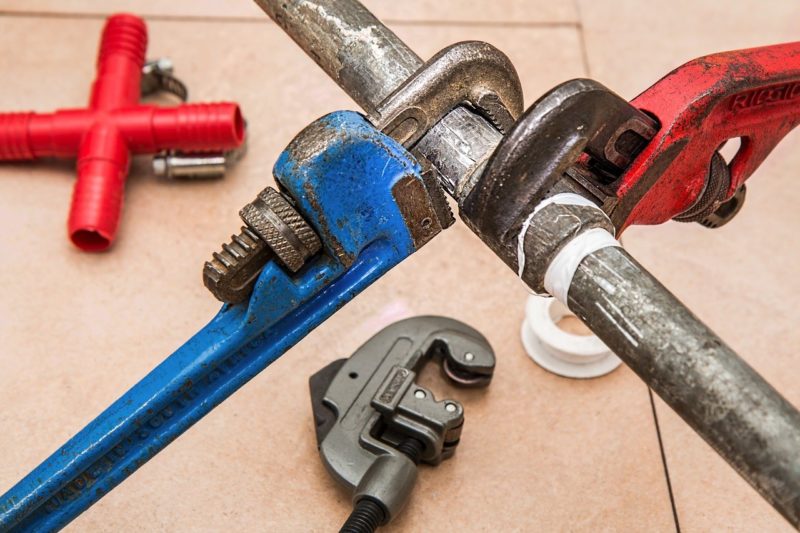
First, inspect the level of looseness between the pipes to understand how much masking tape you may need. You may now unscrew the lines and start layering the masking tape on top of the outer threads. You can then screw the two pipes together. Note that you will need to put more effort into ensuring the pipes are well screwed together.
Use a DIY Drain Cleaner
Suppose you ask any plumber which problems are most called for, and then they will answer clogged pipes. Clogging is primarily due to foods accumulated around the drain. To save on plumber costs for your clogged pipe, you can create a drain cleaner from available products such as hot water, vinegar, and baking soda.
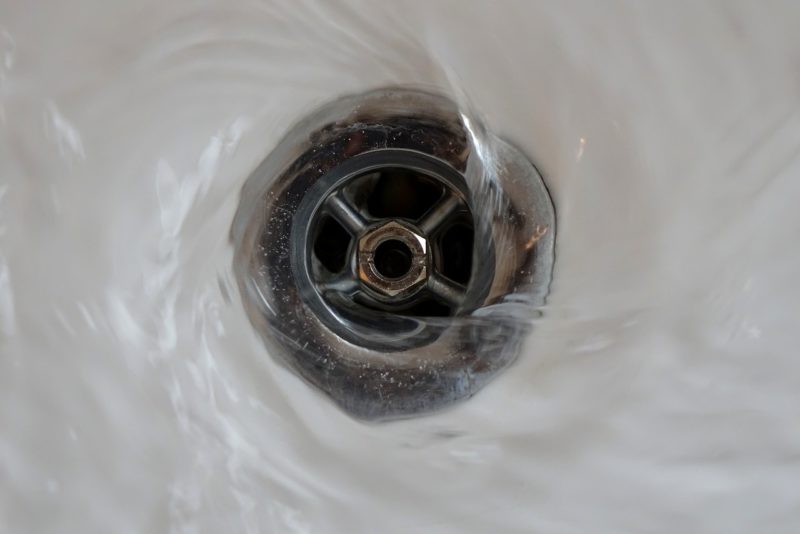
Start by pouring hot water into the drain and follow it with a sufficient amount of baking soda. Let this sit for at least five minutes. Once the time limit is over, add some white vinegar to the drain and let it sit for another five minutes. You should note a fizzing in the gutter. The beauty of using these products is that they are natural, and one can use them as much as possible.
However, if DIY methods don’t work, you’ll need to call a professional for a camera inspection and blocked drain cleaning services nearest to you.
Keeping Taps Off to Avoid Water Damage
It is one of the most basic codes of a plumber. This hack ensures you save on water bills and repair costs caused by water damage due to taps left on.
We’ve all had those frustrating moments where we return to a flooded house as you either forgot to turn off our kitchen or bathtub tap. Avoid this by permanently closing the main water valve of your house. Before moving, you should survey your home to identify the main water valve and electric panel.
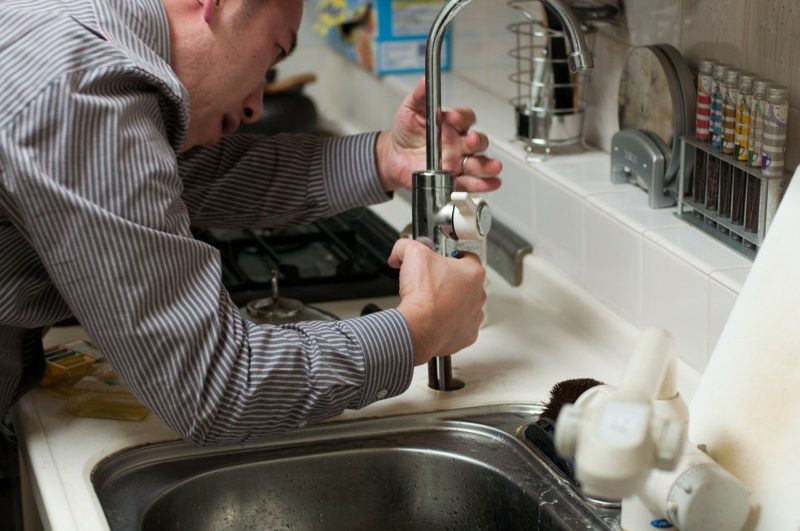
Always Know the Water System of Your Home
Even though you are not a plumber, this is one of the most critical aspects of your home you should know about. This knowledge should help make the right calls of where to touch for which taps. You should be able to identify if your system is direct or indirect.
The direct water system directly connects your home and the main supply. It is the most common type of water system for a residential home, with most mains under the kitchen sink.
Indirect water systems mean that your home has branches of the main pipe supplying the water to different parts of the house. This advantage is having water reserves when there is a sudden water cutoff.
Know the Different Types of Valves Used in Your Home
Learning about the various valves used in your plumbing system will help you understand how they control water flow. You will also be able to repair them when the need arises quickly.
The valves include gate valves, butterfly valves, check valves, isolation valves, and ball valves. If you don’t know where they should be placed, Youtube is a perfect place to learn as there are tons of videos.
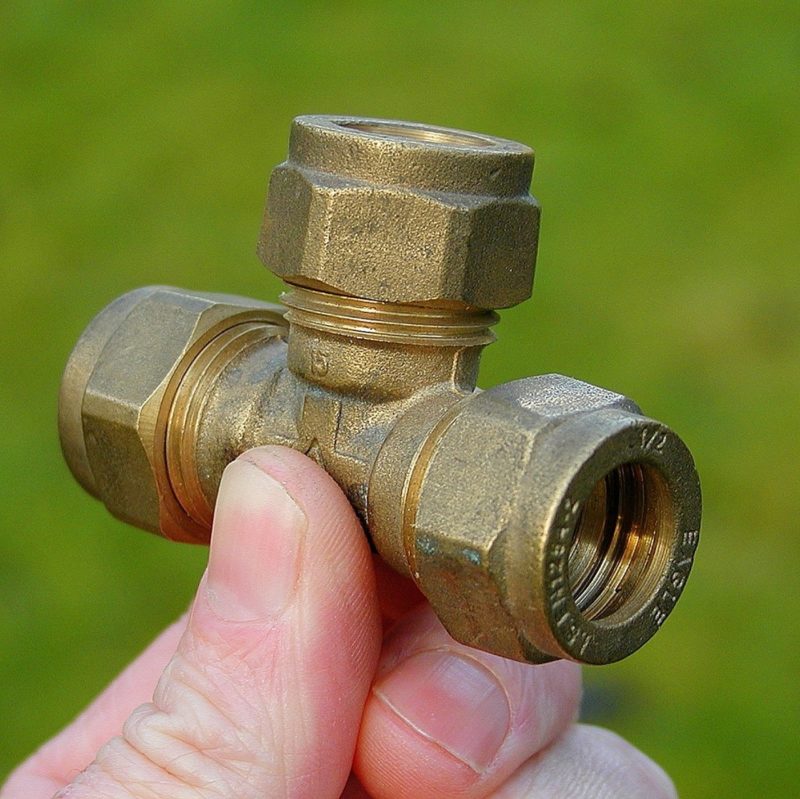
For instance, the isolation valve is where the main water pipe should be the main turn-off point.
Solving a Creaky Pipe Situation
Creaky pipes are a horrifying situation, especially at night, even for the bravest souls. They remind many of horror movies watched in the past or even past trauma. A quick fix is using an adhesive felt around the noisiest section. You can also wrap this section using an old t-shirt. This should be damage control before a professional plumber can permanently fix the problem.
Learn How to Fix Taps
Learning how to fix taps is essential for every homeowner because you don’t need to call for experts to tighten or replace a faucet. Learn about the different types of taps, the most common ones being traditional or Monobloc lever taps.
For instance, conventional dripping taps require you to replace a damaged washer, while the same problem could mean replacing the cartridge in the Monobloc tap. You must invest in a good flat-headed screwdriver, a spanner, and lubricant.
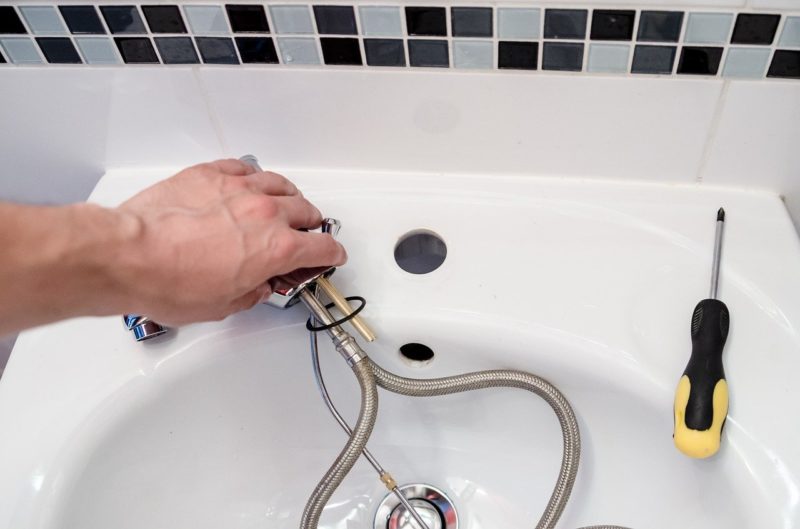
Remove and Replace Moldy Sealants
Mold, though minor, could cause you a lot of trouble in your water system. A moldy sealant may lead to leakages and pose a health hazard to humans. It causes respiratory diseases, allergies, and skin irritation.
You can remove the mold using a generic cleaner to scrub it off or a sharp object such as a razor or knife. Alternatively, you can use white vinegar, sodium bicarbonate, and water to scrub it off.
Prevent the growth of these fungi by ensuring the bathroom is well-ventilated and applying anti-mold treatments. Using a dehumidifier is another excellent solution, sticking to flexible silicone sealants instead of brittle grout sealants.
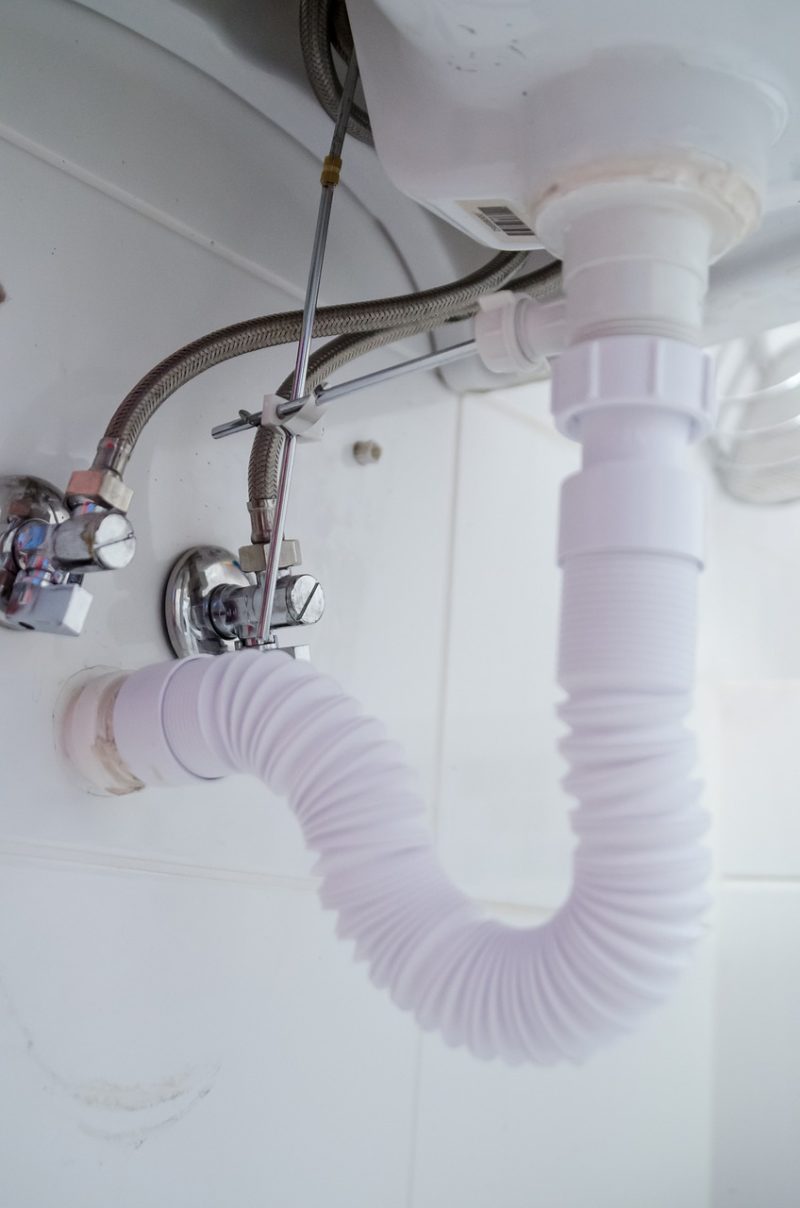
Remember, when replacing sealants, you must ensure the application area is dry and use a sealant gun to apply it at a forty-five angle for proper application.
Damage Control on Leaking Faucets
Before your plumber arrives to fix the leaking faucet, you can simply slow the leakage using a washcloth and rubber band. Have a water-absorbent rag or bucket underneath to prevent the water from spreading everywhere and prevent damage to your floors and furniture.
Pros of Doing DIY Plumbing Work
- If you are a DIY fanatic, always aim to learn new things. There are many resources where you can access plumbing channels on YouTube and read insightful articles like this!
- It saves you money as you will not find it necessary to call your plumber to fix issues you can handle. You will also bring down water bills when fixing problems such as leaks you don’t find very demanding.
- Save time in situations such as burst pipes by removing moldy sealants. You can also increase the lifespan of some parts, such as pipes.
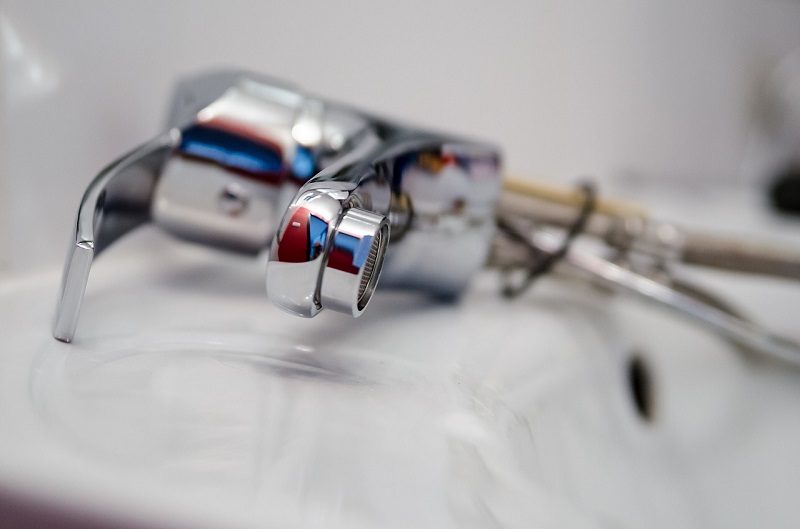
Cons
- DIY went wrong. Since you are not a professional, you may make mistakes that worsen the problem or place your family at risk.
- You will spend a lot of time learning DIY skills and understanding building codes.
- High cost of buying DIY plumbing tools and supplies.
Final Thoughts
Whether renting or living in your own place, you should learn basic DIY plumbing skills, as they will be helpful in case of a leaking faucet or blocked drainage. These skills will save you tons of money you’d have spent hiring a professional plumber to fix minor plumbing issues in your house.
If you are interested in learning, you can enroll in a plumbing course, read a DIY handbook, or watch Youtube tutorials. You should also invest in a DIY toolbox, which you can buy online or at the local hardware store.
Caution: Be gentle when performing these tasks to prevent further damage.

